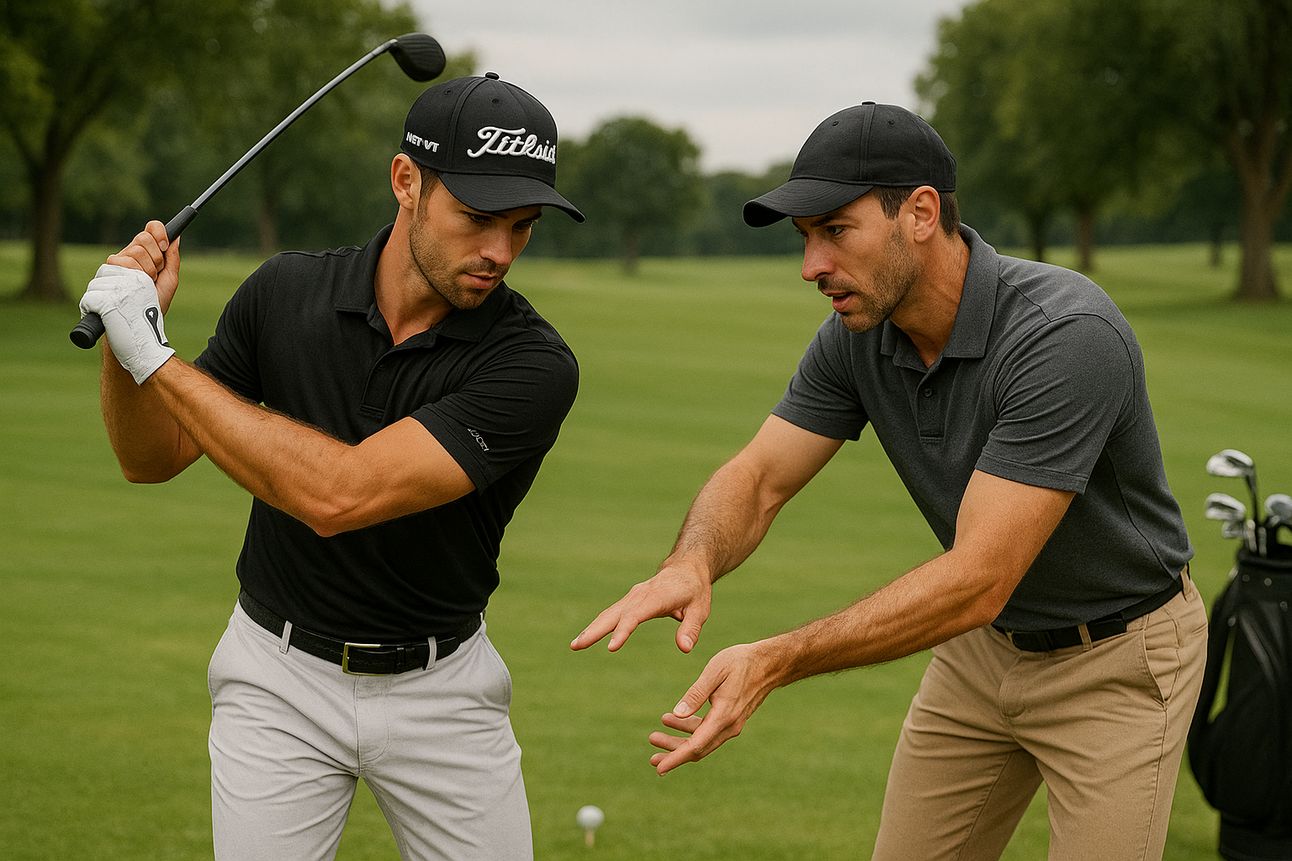When a female U.S. Olympic sprinter couldn’t get her steps right, biomechanist Ralph Mann called in motor learning expert Dr. Will Wu. The solution seemed obvious: use scientifically-proven external focus cues rather than traditional body-focused coaching.
But what happened next would change how Wu thought about coaching forever.

The Coaching Problem
“If you look at how coaches coach often or give instruction, often time is very body related,” Wu explains. “Move your hand here, move your arms here, move your legs like this.”
This isn’t just ineffective — the research shows it’s actively harmful to performance. Yet it remains the dominant coaching style across almost every sport.
The Science of Attention
Research overwhelmingly shows that thinking about your body movements (internal focus) produces worse results than thinking about the effects of those movements (external focus). For example:
Instead of thinking about arm position in baseball, think about bat position
Rather than focusing on wrist angles in golf, focus on club movement
Instead of thinking about leg drive in sprinting, think about pushing the ground
But here’s where it gets interesting.
The Implementation Gap
When Wu tried to apply this research with Olympic athletes, something unexpected happened. The scientifically “perfect” external cue didn’t work. So they tried something different — they let each athlete develop their own external cue.
The results were immediate and dramatic. Their times improved and their mechanics got better. But here’s the catch: each athlete needed a different cue. For one, it was “baby steps.” For another, “quick steps.”
The Lesson for Coaches
The science of external focus is clear. But the art is in the application:
One cue doesn’t fit all athletes
Let athletes find their own language
Focus on the outcome, not the specific words
The Bottom Line
The best coaches aren’t just dispensers of technical knowledge — they’re translators, helping athletes find their own way to better performance.
As Wu notes, “Your fundamental job is to know the research. But you’re not even halfway there yet. Then you have to do the coaching part, the dissemination of information part… It’s the art of it.”
Next time you’re coaching or being coached, remember: the right cue isn’t the one that sounds most technical — it’s the one that works for you.
Your Challenge for the Week
This week, try shifting from internal to external focus in your own physical activities:
Identify one movement you regularly perform (in sports, exercise, or even a daily activity like typing or walking).
Notice your current focus. Are you thinking about body parts and positions (internal), or the effects of your movements (external)?
Experiment with different external cues. Create 3–4 different external focus phrases that work for you. For example, if you’re running, instead of “lift knees higher” (internal), try “bounce off the ground” or “push the road behind you” (external).
Track the results. Which cue feels most natural? Which produces the best performance? Notice how different external cues affect your movement quality and enjoyment.
Share your findings. If you work with others (as a coach, teammate, or training partner), compare notes on which external cues resonated most.
Remember: The most effective cue is personal to you. Trust your experience over technical perfection.
Check this out!
Check this out! If you got this far, I bet you will like the full podcast that I did with Dr. Will Wu. On it we talk about focus of attention, schema theory, and how to get the most out of practice (I promise we explain how these abstract sounding things help you improve your performance in the episode).
Check it out here: https://youtu.be/O2CYyJc1u4s?si=HbkAfERqh8-smVU1
Book Recommendation
Hidden Potential: https://amzn.to/4iFL45x
Hidden Potential offers a new framework for raising aspirations and exceeding expectations. Adam Grant weaves together groundbreaking evidence, surprising insights, and vivid storytelling that takes us from the classroom to the boardroom, the playground to the Olympics, and underground to outer space. He shows that progress depends less on how hard you work than how well you learn. Growth is not about the genius you possess—it’s about the character you develop. Grant explores how to build the character skills and motivational structures to realize our own potential, and how to design systems that create opportunities for those who have been underrated and overlooked.


